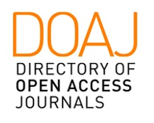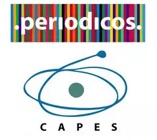Scientific Representation, Causality and Induction in L. Wittgenstein’s Tractatus
DOI:
https://doi.org/10.24117/2526-2270.2021.i10.04Keywords:
Scientific Representation, Causality, Induction, Wittgenstein, TractatusAbstract
The purpose of this article is to demonstrate how the Wittgenstein Tractatus deals with themes related to the laws of nature, as well as with the metatheoretical principles of science. More specifically, our intention is to expose the notions of scientific representation linked to principles such as those of causality and induction. As a starting point, we propose that the notion of non-precedence of one scientific theory over another is of Hertzian inspiration, which argues that “one image may be more suitable for one purpose, another for another” (HERTZ, 1956, p. 3). As an unfolding of this notion, the systems of geometric representation of Hertz and Boltzmann will serve the Tractatus in order to demonstrate that laws, like the law of causality, as form and not content, only represent the network (any method) that, after all, is optional. On the other hand, metatheoretical principles such as induction have no logical basis and their effect, in the wake of what Hume thought, is only psychological. Like the other themes of the Tractatus, its Philosophy of Science cannot be understood outside a broader context, which is the proper context to the criticism of language. Therefore, what is presented here intends not to be divorced from the relationship between logic, language and science, since, in our view, these are the three pillars of support of the Tractatus Logico-Philosophicus.
Downloads
Published
Issue
Section
License
Copyright (c) 2021 Eduardo Simões

This work is licensed under a Creative Commons Attribution 4.0 International License.











